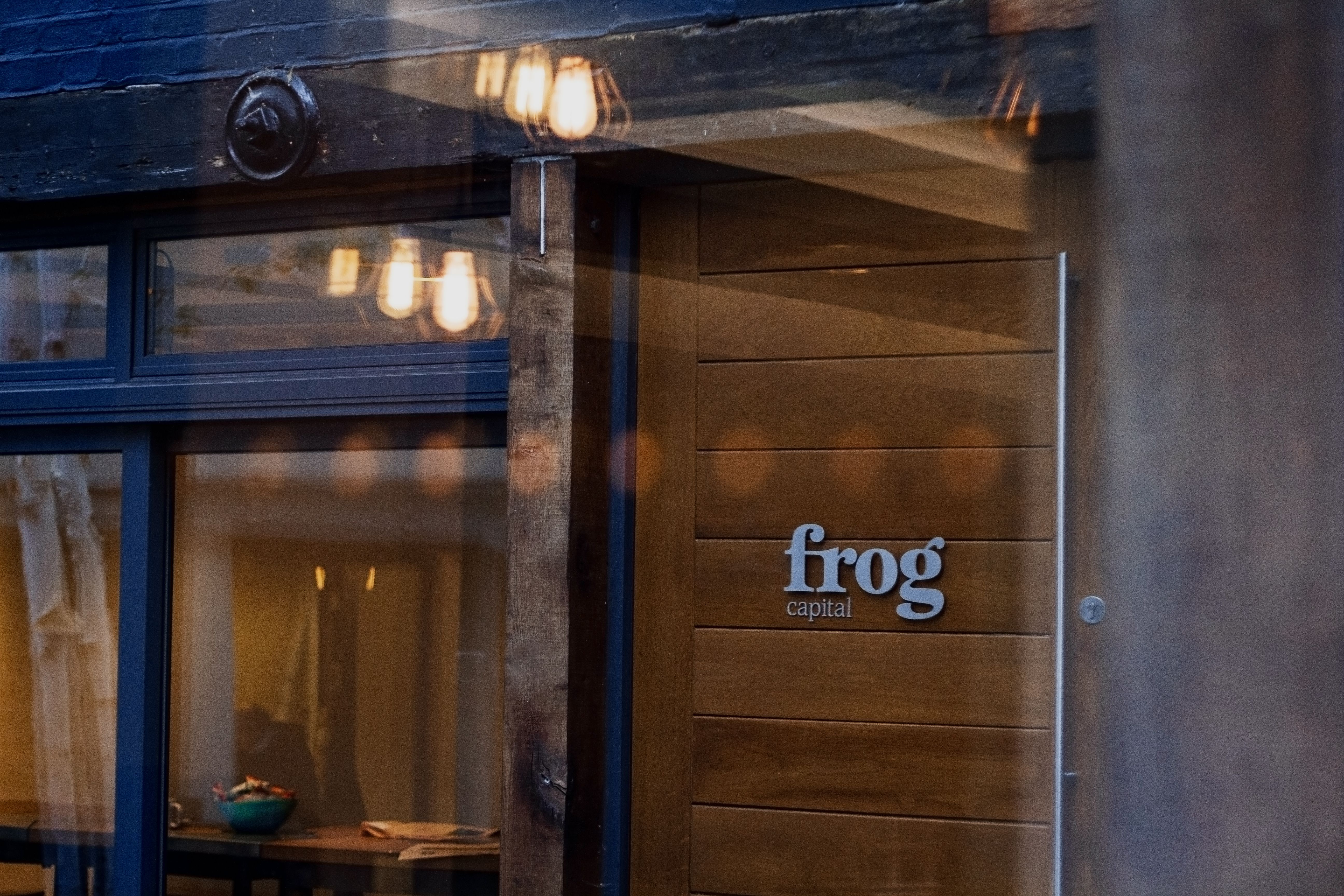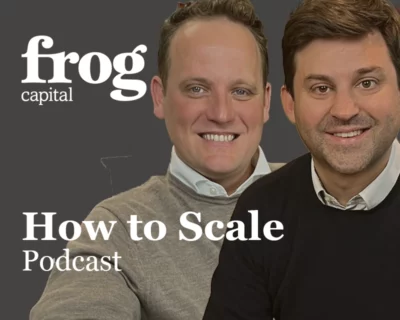Following on from our earlier post on Customer Lifetime Value in our series on critical KPIs for scaling companies, we now turn our attention to the Net Promoter Score.
Popularised some ten years ago by Bain&Co, the Net Promoter Score (NPS) is a measure of how likely a customer is to recommend your company and Fred Reichheld wrote a very readable reference book about the topic, The Ultimate Question 2.0.The beauty of the metric lies in its simplicity – the only question you ask is:
How likely is it that you would recommend our product to a friend or colleague?
Measuring the responses on a scale from zero (very unlikely) to ten (very unlikely), this metric then allows you to deduct the Detractors (scores from 0 to 6) from the promoters (scores of 9 and 10) and thus to obtain a (percentage) score.
And this is a relevant metric, because promoters stay longer, buy more and refer you to more customers, as empirical studies have confirmed.

So, what then is a good NPS score? 70 is an often quoted number that Apple stores achieved a few years back. And many young companies take pride in achieving similarly high scores. However, to get a proper understanding we need go a step further.
First, you need to look at trends in your NPS score over the months and quarters. This is particularly relevant for companies in the scale up phase. You will initially reach the early adopters who are intrinsically more likely to refer your company. Thus, you would expect to see a relatively high NPS score early on. And you would also expect to see a decline in the scale up phase, as you enter the mass market for your product. At this stage it is interesting to see where the score might settle. The graph below shows a schematic overview of how an NPS score might trend as your company scales up.

Rather than concentrating on your absolute score, the comparison with competitors is a better predictor of how you will fare. A recent conversation with Stefan Batory, CEO of Booksy, the leading booking and scheduling platform for small businesses, highlighted this point. Stefan explained to me how measuring the NPS for both Booksy and competitors helped him understand why Booksy was outperforming its competitors and to further refine their sales procedures, thus acquiring customers more efficiently.
Another well-known example concerns Rackspace, the managed hosting giant based in San Antonio, Texas. The company created a meticulous process, focusing on closing the loop with detractors. This important step includes calling these detractors, ideally within 24 hours. Rackspace achieves this with 90% of detractors and the insights gained allowed the company to reduce churn from 3% to 1.9% and to maintain its industry leading growth rates.
So, how can you get such impactful insights? Here are Frog’s top tips:
1. How?
– Send surveys via email as it will allow you to get qualitative feedback at the time of asking the Ultimate Question
– In-app surveys drive transactional feedback, but also disrupt the wokflow of your customers
2. Who?
– Segment between free trial and paid users
– Free-trial users are likely to be lower scoring as they have not fully experienced the product
– By isolating paid customers, it is easier to manage the customers who require the most attention
– Separating between price plans as well generates useful insights between segments
3. When?
– Set a delay for new customers (15-45 days), so they can form constructive feedback
– Stagger surveys across customers to get a steady flow of information
– Taking NPS regularly is critical to get continuous feedback and to recognise trends













